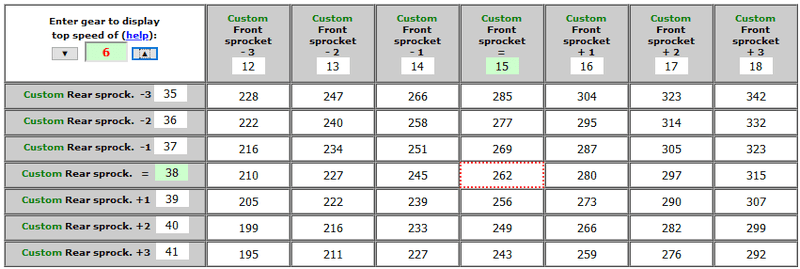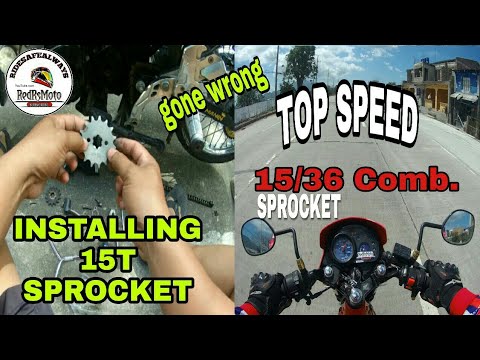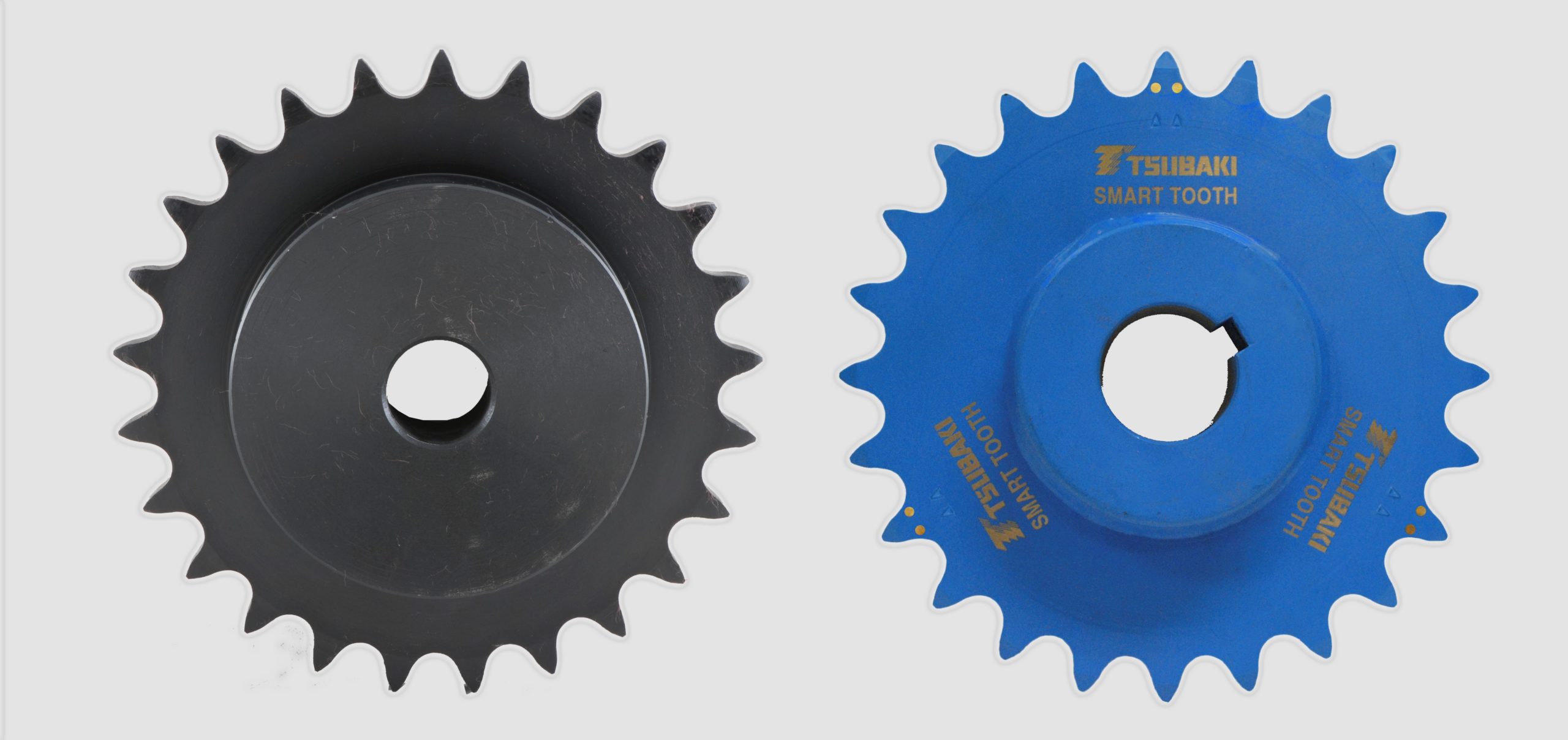Contents
What Sprocket Is Best For Top Speed

Executive Summary

Finding the right sprocket for top speed can be a daunting task, as there are many variables to consider, such as the type of bike, riding style, and desired gear ratios. This guide delves into the nuances of sprocket selection and equips you with the knowledge to make informed decisions. We’ll explore various sprocket types, their advantages and disadvantages, and provide practical tips for optimizing your bike’s performance. Whether you’re a seasoned racer or a casual rider seeking a speed boost, this comprehensive guide will equip you with the necessary insights to choose the ideal sprocket for your needs.

Introduction
For avid cyclists, the pursuit of top speed is an enduring goal. While factors like rider fitness and terrain play a significant role, the choice of sprockets can significantly impact your bike’s acceleration and overall performance. This article aims to empower you with the knowledge to select the perfect sprocket configuration to maximize your speed potential. We’ll explore the different types of sprockets, understand how they influence gear ratios, and delve into the key considerations for making an informed decision.
What is a Sprocket?
A sprocket is a toothed wheel that engages with a chain to transmit power from the pedals to the rear wheel. The number of teeth on a sprocket determines the gear ratio, which directly affects your bike’s speed and climbing ability. The more teeth a sprocket has, the higher the gear ratio, meaning you’ll need to pedal more slowly to maintain a certain speed. Conversely, a smaller sprocket with fewer teeth creates a lower gear ratio, requiring faster pedaling for the same speed.
Frequently Asked Questions:
1. What is the difference between a chainring and a cog?
- A chainring is the sprocket attached to the crankshaft, while a cog is a sprocket on the rear cassette. The chainring controls how fast your legs need to turn the pedals to move the bike forward, while the cog determines how many times the rear wheel rotates for each rotation of the pedals.
2. How do I know what size sprocket I need?
- Consider your riding style and terrain: If you’re primarily riding on flat terrain or for high-speed sprints, a larger sprocket may be ideal. For hilly terrain, a smaller sprocket will provide more climbing power.
- Consult your bike’s documentation or a reputable bike mechanic.
3. Can I use different size sprockets on my bike?
- Yes, you can change out the sprockets on your bike, but it’s important to choose compatible sizes. Consult your bike’s documentation or a reputable bike mechanic to ensure the new sprockets are compatible with your current chainring and cassette.
Understanding Gear Ratios
Gear ratios determine the relationship between the effort required to pedal and the speed of the bike. A high gear ratio means you’ll be able to pedal faster and achieve higher speeds but will require more effort to climb hills. Conversely, a low gear ratio provides more power for climbing but requires faster pedaling to maintain speed on flat surfaces.
- Calculating Gear Ratios: Gear ratios are calculated by dividing the number of teeth on the chainring by the number of teeth on the rear cog. For example, a 50-tooth chainring and a 12-tooth cog have a gear ratio of 50/12 = 4.17.
- Impact of Gear Ratios on Speed: A higher gear ratio will result in a faster top speed, but you’ll need to pedal harder. A lower gear ratio will require more effort to maintain speed on flat surfaces but will provide greater power for climbing hills.
- Finding the Sweet Spot: The optimal gear ratio for top speed depends on your bike’s gearing and your own physical abilities. Experiment with different gear combinations to find the ideal balance between speed and effort.
- Consideration for Hilly Terrain: If you frequently ride hilly terrain, you’ll need to ensure you have a low enough gear ratio to climb effectively. This may require a smaller chainring or a larger rear cog.
Sprocket Materials and Construction
Sprockets are typically made from durable materials that can withstand the wear and tear of chain engagement. The choice of material can affect the sprocket’s weight, durability, and cost.
- Steel: The most common and affordable material, offering good durability.
- Aluminum: Lighter than steel, making it popular for racing. Aluminum sprockets are also more susceptible to wear and tear, especially on drivetrains with aggressive chainlines.
- Titanium: The most expensive option but offers exceptional strength and weight savings. Titanium sprockets are also highly resistant to corrosion.
Factors to Consider When Choosing Sprockets for Top Speed
Selecting the right sprocket for top speed involves considering various factors, including your bike’s geometry, your riding style, and your desired gear ratios.
- Bike Geometry: The length of your crank arms, the size of your chainring, and the length of your chain can influence the ideal sprocket size.
- Riding Style: If you primarily ride on flat terrain, you’ll want a larger sprocket to achieve higher speeds. However, if you frequently ride hills, a smaller sprocket may be better suited.
- Desired Gear Ratios: Experiment with different gear ratios to find the balance between speed and effort that suits your needs.
- Compatibility: Ensure that any new sprockets you purchase are compatible with your existing chainring and cassette.
Conclusion
Choosing the ideal sprocket for top speed involves a careful assessment of your riding style, terrain, and desired gear ratios. By understanding the intricacies of sprocket types, materials, and gear ratios, you can make informed decisions that enhance your bike’s performance and propel you to new speed records.
Keywords
- Sprocket
- Top Speed
- Gear Ratio
- Cycling Performance
- Bike Optimization